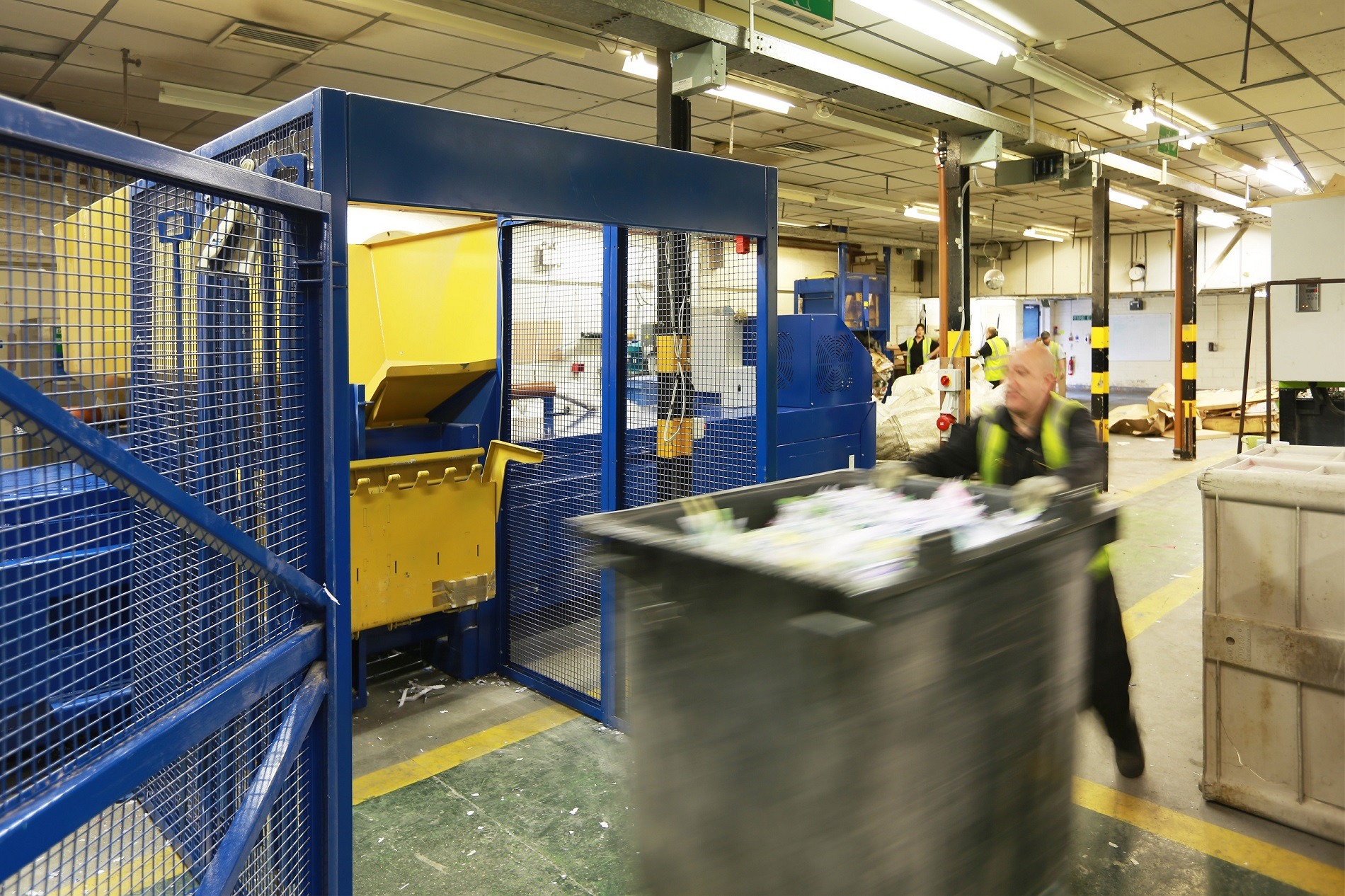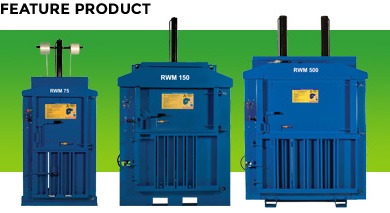Deciding on the best fit machinery for your needs is not always easy. So, Riverside Waste Machinery’s managing director Jonathan Oldfield spoke to CIWM magazine recently, to advise how best to tackle this task. His resulting top 10 tips appeared in the journal’s September issue, in perfect timing for RWM 2015 (Birmingham NEC 15-17 September). If you missed his article, you can read it in full here…
“Every year without fail, the NEC exhibition hall aisles become crowded with recycling and waste management professionals, eager to see which technological innovations will help them achieve environmental progress within their business, local authority or community. RWM is a much-renowned calendar milestone.
The buzz which repeatedly surrounds the event shows that the UK industry has plenty to be proud of – as a nation we research, develop, engineer and manufacture, to devise new solutions that are continually more energy, resource or cost efficient.
But with so many products and concepts under one roof it is easy to feel a little bamboozled by the array of technology on offer. So how can delegates ensure they invest in the best-fit waste machinery for their needs?
In truth, the answer is simple, whether in readiness for RWM or ahead of a potential purchase at any other time of year – prepare, prepare, prepare. But exactly which considerations need to be taken into account before making that all-important decision?
1. Size up your requirements
Before you commence any marketplace research, lay out the criteria that your new technology must fulfil. If this is one of your first waste machinery investments you may need a little guidance, for example, you may not know what type of shredder will best process the material stream you’re handling, or what compaction force you’ll need to press your recyclables. However, you can measure up any physical site constraints such as the maximum machine height or footprint, or the need for additional handling/loading equipment. From the outset this will help refine your search.
2. ‘Futureproof’ your brief
In an attempt to ensure longevity of your investment, consider your future requirements as well as your needs at a given point in time. This will illustrate how flexible your machinery needs to be, or not. Consider the type and volume of materials you’re currently handling, and whether this is likely to change, for instance. Of course you don’t want to push yourself too much, but investing solely for ‘now’, rather than allowing for some element of growth, means your equipment may be unsuitable in only a short period of time.
3. Consider the most suitable procurement method
Not everyone realises that different procurement methods exist when it comes to investing in waste machinery. If you have sufficient capital and would prefer to own the asset outright then a standard purchase will no doubt be your preferred route. However, if your reserves have dwindled, you’d rather keep cash in the business as working capital, or you’d like to spread the cost of your investment, a lease or rental agreement may be financially more suitable. Such investments are currently 100% tax allowable too – an added incentive!
4. Be sure of safety
Whilst the machinery has to be affordable and fit for purpose of course, the priority should in fact be the features that will ensure operator safety. Most suppliers will readily highlight these, knowing they are key selling points of the equipment. But ask to see the features in action too.
Look for everything from an ergonomic material infeed height, to emergency stop mechanisms, foreign object protection systems and automatic bale/material ejection to overcome the need to ever enter the machinery. A CE certification or EU declaration of conformity is a good indication of the standard required.
5. Assess noise levels
Hearing damage from prolonged exposure to noise looks set to be the UK’s latest ‘no win, no fee’ claim theme. So, protect your business reputation and your bottom line – as well as employees’ wellbeing – by investing in machinery that operates quietly. If average exposure levels are 85 decibels, hearing protection is mandatory; at 80 decibels it must be made available; but below that it isn’t required.
Evolving legislation in this field will soon make such considerations mandatory so ensure you’re compliant from the outset.
6. Plan the maintenance regime
Even the most robust machines will require periodic maintenance to achieve optimum operating levels. But excessive downtime due to unreliable equipment, unplanned break downs or multiple repairs, will soon affect your site productivity. This will add to the overall ‘cost’ of the investment – something that isn’t advertised on the initial price tag! So ask the supplier for evidence of the equipment’s uptime rate, as well as ease of maintenance procedures should a problem arise. The cost and availability of spare parts should also be considered – otherwise ongoing running costs could soon become excessive.
One of the most pertinent phrases I’ve ever heard, is: “The bitterness of poor quality lingers long after the sweetness of low price has been forgotten.”
7. Assess the lead time
Before you enter into talks with a supplier, know when you will ideally need your new machine to be up and running. If the provider cannot be as reactive as you would like, this could have a significant impact on your waste handling capabilities and costs.
8. Know what ‘ROI’ looks like to you
Enter into the supplier relationship knowing what you want the machinery to achieve and how you’ll obtain a return on your investment. For some people, heightening operator safety, improving on-site cleanliness or better caring for the environment may be the only procurement driver. But in 90% of cases, the investment has to be financially viable too. Ask the supplier to calculate how quickly the machine is likely to have paid for itself, either by avoiding ever-escalating waste collection and disposal costs, or by generating a revenue stream from the sale of recovered resources and recyclables.
9. Be a supplier ‘sponge’
A defined list of buying criteria is essential before you begin any supplier research, and you should definitely stick to the specification that you set out to look for. But draw upon suppliers’ knowledge too, and soak up as much of their experience and insight as you can. For example, your priority for procuring new equipment may be landfill diversion. However, if the supplier can demonstrate that the desired machinery will in fact enable you to create a clean, high quality recyclate at the same time, then you may be able to generate an unplanned additional revenue stream.
10. Remember due diligence
Some things may sound too good to be true, so carry out due diligence to ensure this isn’t actually the case. Check that the supplier is not a ‘band wagon’ business but a robust organisation built to last – you need to know they’ll be around to support you long into the future.
In terms of the machinery, ask to visit customer reference sites to see the equipment in action under real operational conditions. Ideally this will be a machine that’s been running for some time, so you can assess the technology’s longer term durability.
We’re all wowed by innovation and pioneering technology is something to be praised. But if the machinery is new, ask for trial performance statistics and ideally request a trial using your own materials, for absolute peace of mind.”
Keen to receive more advice from Jonathan and the Riverside Waste Machinery team? Contact us on 01423 325038 or email sales@wastemachinery.co.uk.






